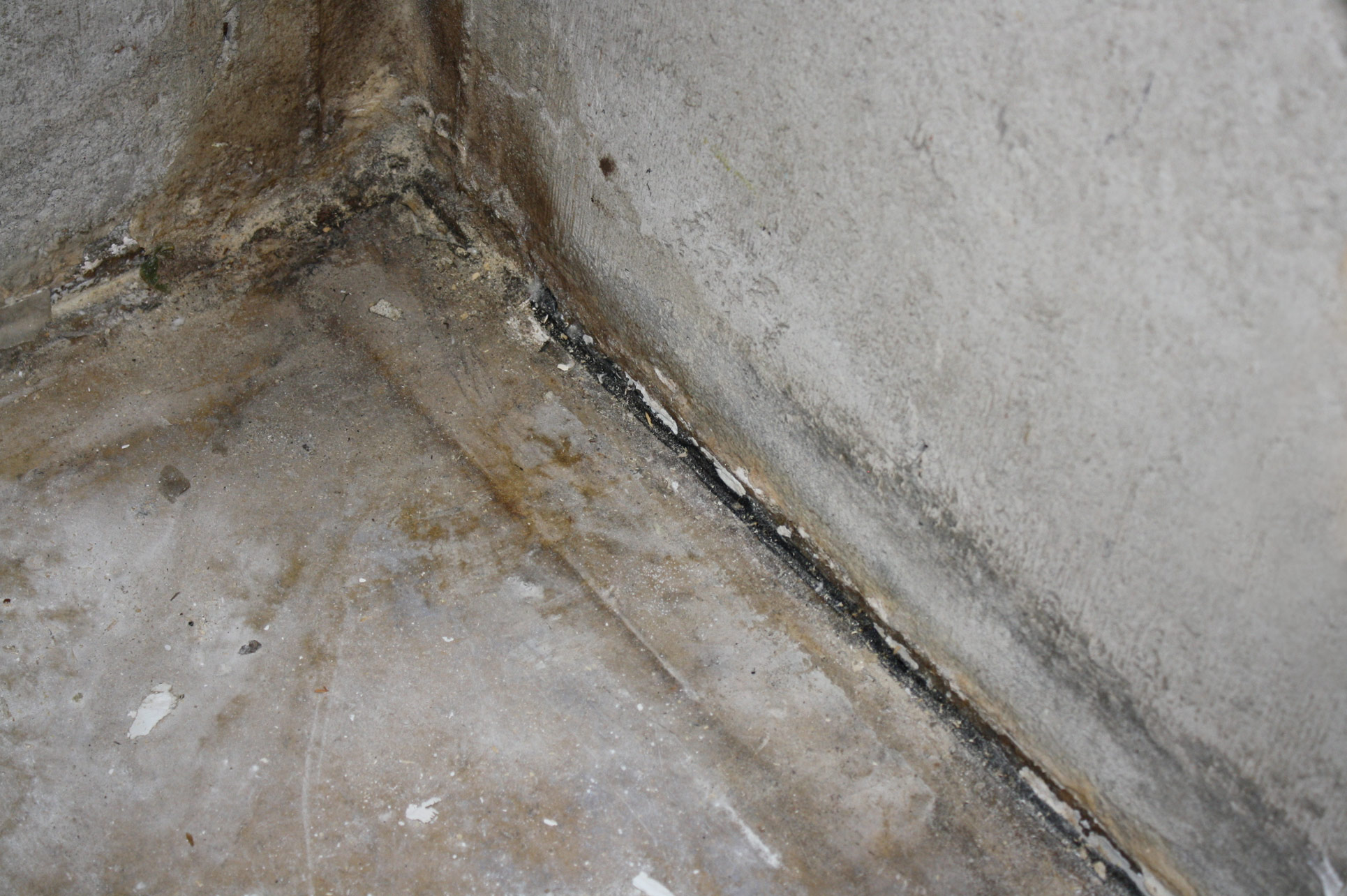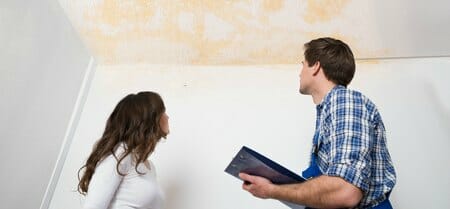Spot the Six Most Leak Factors Inside The House
Spot the Six Most Leak Factors Inside The House
Blog Article
We have come across the article pertaining to How to Find Water Leaks below on the web and felt it made perfect sense to discuss it with you here.

Leaks not only cause waste of water but can also cause unnecessary damage to your home as well as advertise undesirable natural growth. Water leaks might go undetected given that most of the pipework in our residence is hidden. By looking and understanding for everyday circumstances that create leaks, you can protect your residence from future leakages as well as unneeded damages. Today, we will consider six leak triggers that might be causing your pipes to trickle.
Immediate temperature level modifications.
Extreme temperature changes in our pipes can cause them to broaden and acquire all of a sudden. This growth and contraction might create cracks in the pipes, specifically if the temperature are below freezing. If you kept an eye on how your plumbing functions, it would be best. The existence of the formerly discussed scenarios frequently indicates a high risk.
Rusty water systems
This may be the cause of staining or warping on your water pipes. If our plumbing system is old, consider changing the pipes because they are at a higher risk of corrosion than the more recent models.
Malfunctioning Pipeline Joints
Pipeline joints can deteriorate over time, resulting in water leakages. If you have loud pipes that make ticking or banging noises, specifically when the warm water is turned on, your pipe joints are possibly under a whole lot of stress.
Elbowing in origins
Many water leakages begin outside the home instead than inside it. You might see damp spots or sinkholes in your yard, as well as that may suggest that tree roots are attacking water lines causing water to leak out.
Poor Water Connectors
At times, a leak can be created by loose hoses and pipelines that provide your appliances. In case of a water connections leakage, you might notice water running directly from the supply line or puddles around your devices.
Obstructed Drains
Blocked drains may be bothersome as well as inconveniencing, yet they can in some cases wind up triggering an overflow leading to burst pipes. Maintain eliminating any type of products that may drop your drains pipes that could block them to prevent such troubles.
All the above are root causes of leakages but not all water leaks result from plumbing leakages; some leakages might originate from roof leakages. All leakages must be fixed instantly to stay clear of water damages.
Leaks not just create waste of water however can likewise cause unnecessary damages to your residence and also promote unwanted organic growth. By looking as well as understanding for daily circumstances that trigger leaks, you can shield your house from future leakages as well as unnecessary damage. Today, we will certainly look at six leak triggers that may be creating your pipelines to trickle.
At times, a leak can be triggered by loose pipes and pipes that supply your devices. In case of a water links leak, you might see water running straight from the supply line or puddles around your devices.
How To Check For Water Leak In Your Home
How To Check for Leaks
The average household's leaks can account for nearly 10,000 gallons of water wasted every year and ten percent of homes have leaks that waste 90 gallons or more per day. Common types of leaks found in the home are worn toilet flappers, dripping faucets, and other leaking valves. These types of leaks are often easy to fix, requiring only a few tools and hardware that can pay for themselves in water savings. Fixing easily corrected household water leaks can save homeowners about 10 percent on their water bills.
To check for leaks in your home, you first need to determine whether you're wasting water and then identify the source of the leak. Here are some tips for finding leaks:
Take a look at your water usage during a colder month, such as January or February. If a family of four exceeds 12,000 gallons per month, there are serious leaks.
Check your water meter before and after a two-hour period when no water is being used. If the meter changes at all, you probably have a leak.
Identify toilet leaks by placing a drop of food coloring in the toilet tank. If any color shows up in the bowl after 10 minutes, you have a leak. (Be sure to flush immediately after the experiment to avoid staining the tank.)
Examine faucet gaskets and pipe fittings for any water on the outside of the pipe to check for surface leaks.
Undetected water leaks can happen without the home or business owner even realizing. If you suspect a water leak, but not able to find the source. It is time to contact a professional water leak detection service, The Leak Doctor.
How To Find a Water Leak In Your Home
https://www.leakdoctor.com/blog/How-To-Check-For-Water-Leak-In-Your-Home_AE197.html

Do you enjoy reading about How to detect water leaks in your home? Post feedback further down. We would be glad to hear your responses about this piece. In hopes to see you back again soon. In case you enjoyed reading our page plz make sure you remember to pass it around. Thanks so much for going through it.
Contact Us Today Report this page